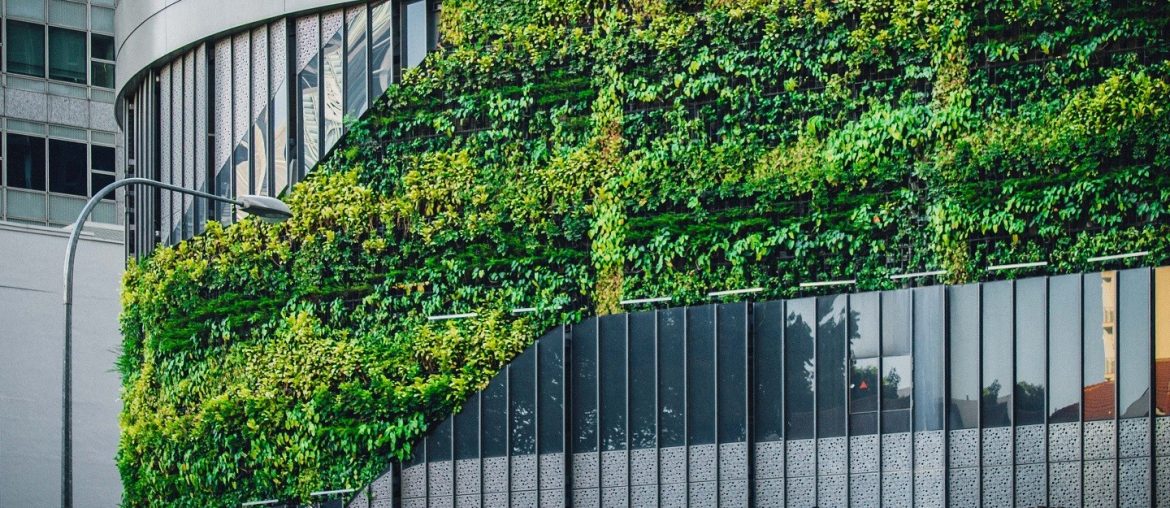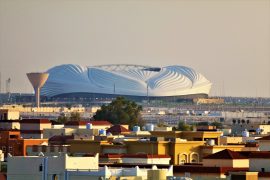Biophilia is a natural inhibition where the integration of nature is a step ahead to the changing trends of modern architectural aesthetics. The biophilic design indicates the embracement of the rules of biophilic architecture which includes features like a massive amount of potted plants around the house, access to natural daylight with a natural color scheme all around the house. In a word, biophilic design indicates an architectural approach that connects the occupants of the building with nature through the incorporation of natural lighting and ventilation systems, plants, and various other landscape features (biomimetic infrastructure).
The green movement
Biophilic design continues the green architecture movement that emerged around the mid- the ‘90s through the early 2000s. This movement was focused on building infrastructure that is eco-friendly and energy-efficient at the same time. But, the biophilic design of these days takes this further ahead within a modern architectural framework that takes inspiration from nature to weave an organic form and pattern to strengthen the human-nature connection. Integration of biophilic design has grown to be more than just an architectural feature. The concept is growing more popular worldwide since we feel the urge to get more connected with nature than ever before during this time of global warming while the earth is scorching with heat waves at a peak level. The necessity and interest in biophilic design are rising exponentially each year, and the concept is gaining more traction from all kinds of communities. So, let us explore some trending biophilic designs that are at the forefront of this moment:
Use of skylight and natural light resources
Ceilings are significant in the biophilic design aspect. The architects use this spot as an opportunity to showcase bright and inspiring colors along with unique shapes and patterns for installing skylights. You can also go for circadian lighting installations. More importantly, you can use the ceiling for hanging plants to make the view much more natural. The light bursting inwards through the skylights will form a shadow with a touch of nature instead of some artificial geometric window lines for those plant placements.
Use of biodynamic lighting

Biodynamic lighting is relevantly new to the landscape of commercial lighting. More importantly, the biodynamic lighting system implements the natural lighting aspects of the biophilic design. This lighting system lights up the interior brighter than usual by mirroring natural sunlight conditions and also helps to regulate the circadian rhythm. That will help with all the occupants’ sleep patterns and mood regulations regardless of their window proximity. The biodynamic lighting system is a high-quality source of efficient lighting, which also helps reduce facility energy costs. As a result, the biodynamic lighting system will significantly impact shifting the role of lighting.
Integrating some greenery through potted plants
The paradigm of interior design is shifting towards biophilic designs using trees, plants, shrubs that are hung or plated around the wall. This is just a clever adjustment process to integrate greenery within the existing built environment. Designers and architects increasingly incorporate green walls, plants, and large green installations into upgraded construction designs during pre-constructions and renovations rather than post-completion. Although, installing green dividers or living green walls is an excellent way of integration after post-completion.
Use of wall dividers to implement interior green landscape

The green wall divider is a revolutionary space-enhancing element for open space interior green landscape. Green partitions have agile and flexible adaptability so that the occupants can adjust them according to their preferences. This is also suitable for maintaining a dynamic work environment with a biophilic design. These green dividers also have noise reduction benefits. They are also great for creating an open and vibrant atmosphere with a sense of privacy. Most importantly, this green wall divider design puts the occupants and their well-being at the center of attention.
Use of sustainable and reclaimed woods
Wood is among the most popular biophilic design construction materials. The designers prefer reclaimed light timber like maple, pine, ash, and sustainably sourced wood like bamboo, teak, oak, etc., for simple aesthetic flourishes and large-scale wooden architectural installments. In addition, wooden furniture like tables, shelves, bar tops, barrels, chairs, etc., also adds a natural texture to the interior environment. In a word, wood is a vital element for any biophilic design. You can easily follow the trends of biophilic design in your office design.
Use of flooring designs and components to create a natural texture

Flooring design materials and carpets are essential aspects of biophilic design. The designers work intending to create natural textures for floors that will have similar distinct qualities as the natural environment. Textured flooring with materials that give the floor aesthetic looks like natural stone, wood, forest floor, river bed, etc., are inspired by natural environments. Also, working with these elements to create a natural vibe adds a burst of color to the interior.
Biophilic design is one of the technologies where you can develop real estate without endangering the environment. Though once the biophilic design was considered a niche trend, it will be one of the most widely valued designs as it incorporates the healing powers of nature in our homes and office spaces. Adopting the biophilic design in our public and private spaces will improve our physical and mental health, along with a boost in productivity rate. Finally, it is easy and hassle-free to incorporate any biophilic design elements as they do not require any significant remodeling. You can easily take inspiration from the natural world and combine them on an interior basis to enjoy a tranquil and more productive environment.




